10 Wild Animals in Nauru [Wildlife in Nauru]
Want to know more about the wildlife in Nauru?
Discover 10 wild animals in Nauru in this post, as well as interesting facts about them. 🇳🇷
Learn All About Nauruan Animals
Ready to learn all about Nauruan animals?
I’ve always been fascinated by animals, and by how they can be so different from one country to another. In this guide, we’ll focus on the many animals Nauru has on the land, in the sky, and underwater.
I’ve split the guide into 4 categories:
- Native animals from Nauru
- Endangered animals of Nauru
- What is the national animal of Nauru?
- How many animals native to Nauru?
Let’s dive in right away with our first category!
Native Animals from Nauru
Nauru, previously known as Pleasant Island, is an Oceanian microstate and island country located in the northeastern part of the continent. It is the third-smallest country in the world after Vatican City and Monaco, has the world’s second-smallest population with 10,000 inhabitants, and used to be a German colony at the end of the 19th century. It is surrounded by the Pacific Ocean, its closest neighbors are Kiribati and the Solomon Islands, and although its largest city is Denigomodu, its capital city is Yaren, which counts more than 750 inhabitants.
An interesting part of the country that I wanted to tackle is its wildlife. In light of that, I have listed the best of it, and I hope you will love learning what animals live in Nauru.
Here’s the Nauru animals list.
1. Nauru reed warbler
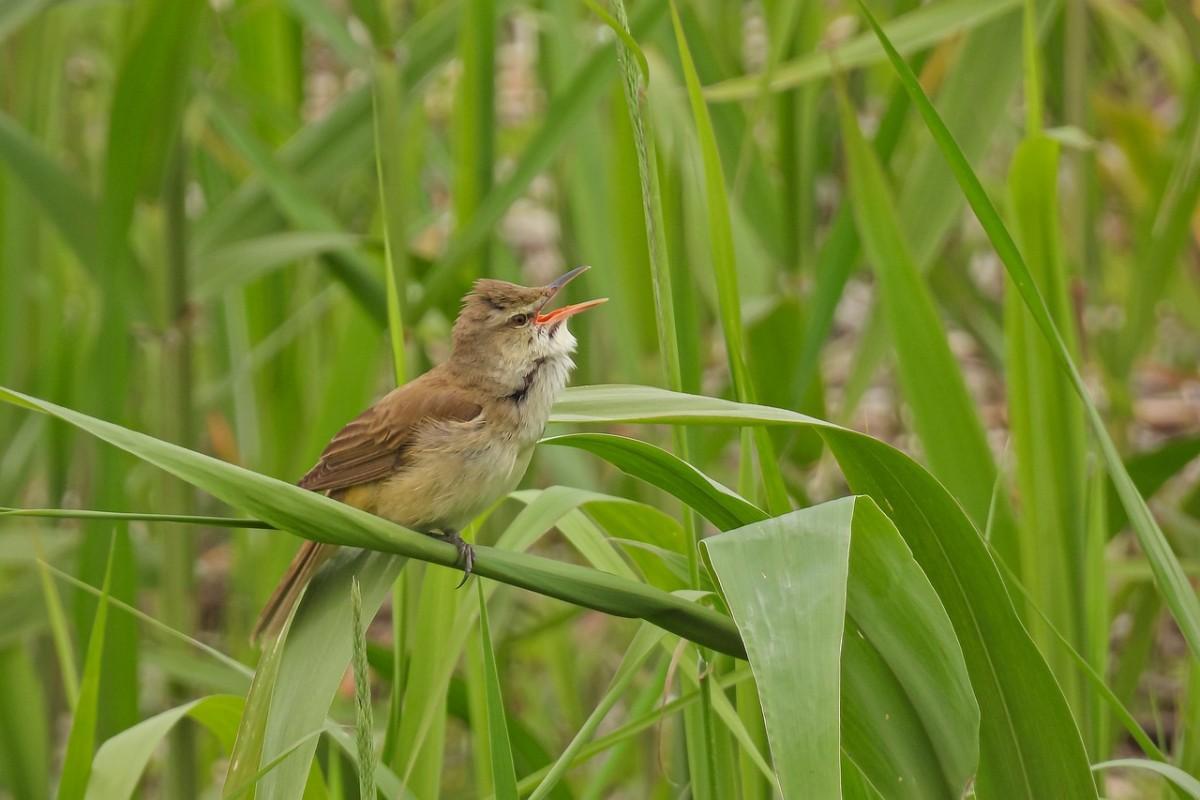
- Name: Nauru reed warbler
- Scientific name: Acrocephalus rehsei
- Conservation status:
Since Nauru is a small, isolated island, its wildlife is mainly made of unique resident and migratory birds, as well as fantastic marine biodiversity, and the Nauru reed warbler is a great example.
The Nauru reed warbler is a medium-sized species of passerine bird endemic to the island of Nauru. Although it can be found all around the island, its range has greatly declined over the decades, primarily because of phosphate mining.
2. Fraser’s dolphin
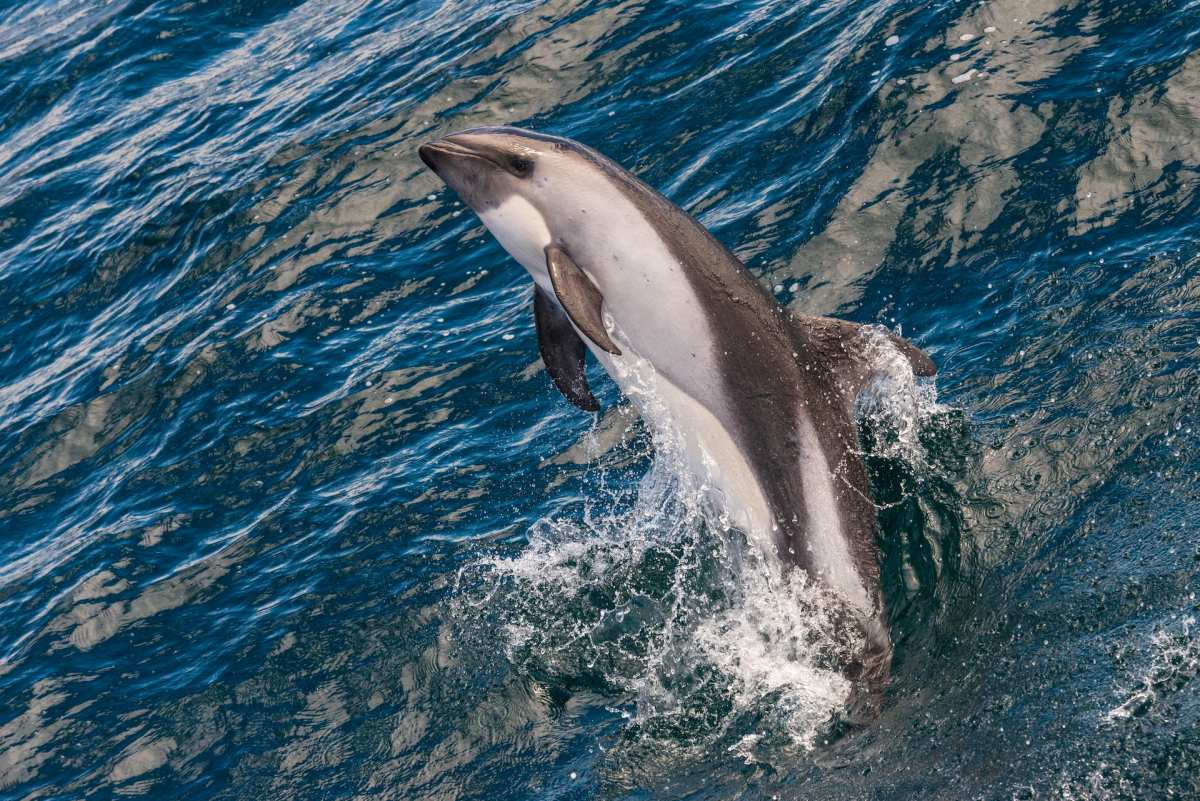
- Name: Fraser’s dolphin
- Scientific name: Lagenodelphis hosei
- Conservation status:
Fraser’s dolphin, also known as the Sarawak dolphin, is a species of cetacean native to the deep waters of the Pacific Ocean, as well as some areas of the Atlantic and Indian Oceans. It is about 1 m / 3 ft 3 in long at birth and averages 2.75 m / 9 ft in length at full maturation.
This dolphin has the smallest genitalia of any open sea dolphin and feeds on shrimp, squid, and fish, found quite deep below the water surface, usually between 200 and 500 m / 660 and 1,600 ft.
3. Pygmy killer whale
- Name: Pygmy killer whale
- Scientific name: Feresa attenuata
- Conservation status:
The pygmy killer whale is another species of oceanic dolphin found off the coast of Nauru, but it is much rarer and less known. It gets its name from its physical resemblance to the killer whale, also known as the orca, and while peaceful in the wild, it becomes extremely aggressive in captivity.
The only available population estimate is 38,900 individuals, located in the eastern parts of the tropical Pacific Ocean.
4. Micronesian imperial pigeon
- Name: Micronesian imperial pigeon
- Scientific name: Ducula oceanica
- Conservation status:
The Micronesian imperial pigeon, also known as the Belochel or the Micronesian pigeon, is a species of bird from the dove family native to Nauru, the Marshall Islands, the Caroline Islands, and Palau. It inhabits secondary forests, beaches, mangroves, and montane forests, and is listed as vulnerable to extinction because of deforestation and overhunting.
This pigeon is solitary and stays in the canopy. It feeds on seeds and fruits and has a deep call.
5. Ginkgo-toothed beaked whale
- Name: Ginkgo-toothed beaked whale
- Scientific name: Mesoplodon ginkgodens
- Conservation status:
The ginkgo-toothed beaked whale is one of the least known species of whales in the world, and its numbers cannot be estimated. It was named after the unusual shape of its dual teeth, and probably inhabits tropical waters of the Pacific Ocean.
Male ginkgo-toothed beaked whales are unique because of the absence of scarring, pretty common among whales.
6. Oceanic whitetip shark
- Name: Oceanic whitetip shark
- Scientific name: Carcharhinus longimanus
- Conservation status:
The oceanic whitetip shark, also known as the silvertip shark, the lesser white shark, the Nagano shark, or Brown Milbert’s sandbar shark, is a large species of requiem shark native to warm temperate and tropical oceans and seas of the world.
It is named after its white-tipped, rounded fins, and despite being slow-moving, it is highly aggressive and opportunistic and is particularly dangerous to shipwreck survivors. However, the oceanic whitetip shark is on the brink of extinction because of fishing practices and pollution, and its numbers have declined from 70 percent to 99.3 percent depending on the area.
7. Spinetail devil ray
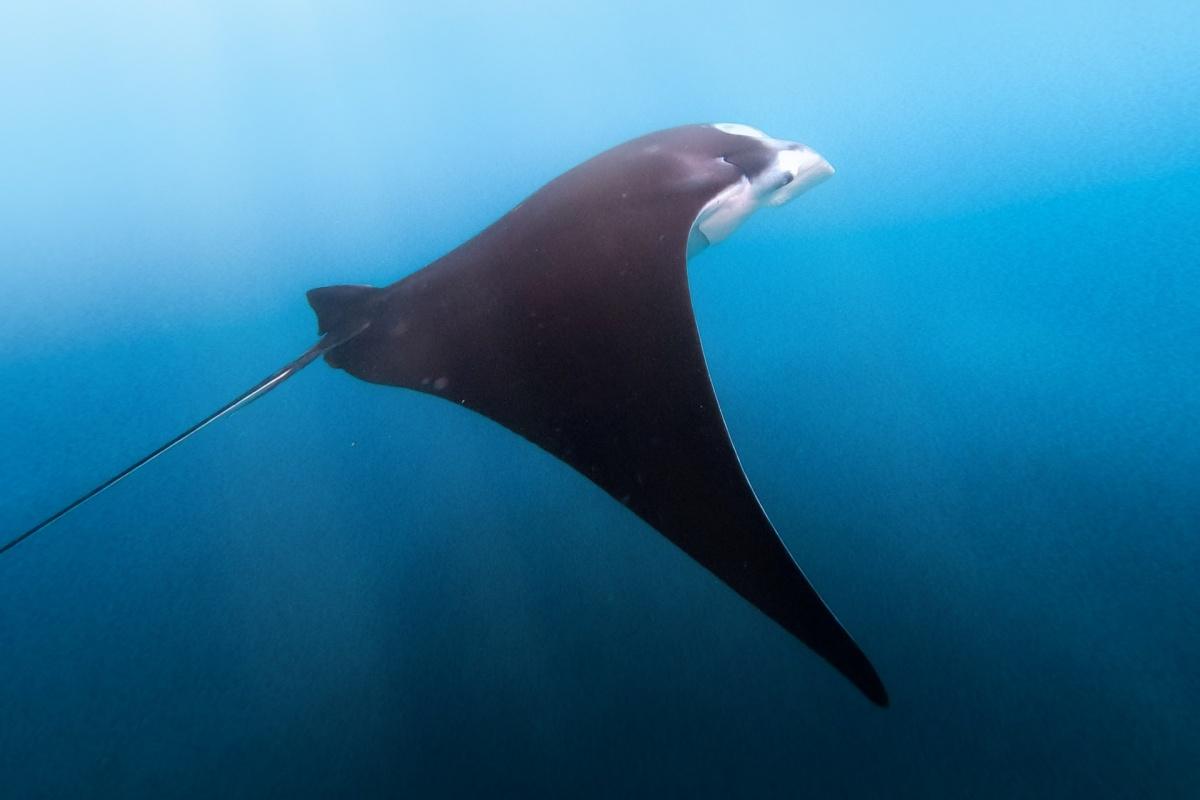
- Name: Spinetail devil ray
- Scientific name: Mobula japanica
- Conservation status:
The spinetail devil ray, also known as the Japanese Mobula ray or the spinetail Mobula ray, is a large species of marine fish native to subtropical and tropical waters of the eastern Atlantic Ocean and Indo-Pacific. It gets its name from a long spine, going from the base of the dorsal fin to the end of its tail.
This ray is particularly threatened by Chinese fishers, who hunt and sell them for use in traditional medicine.
8. Blue whale
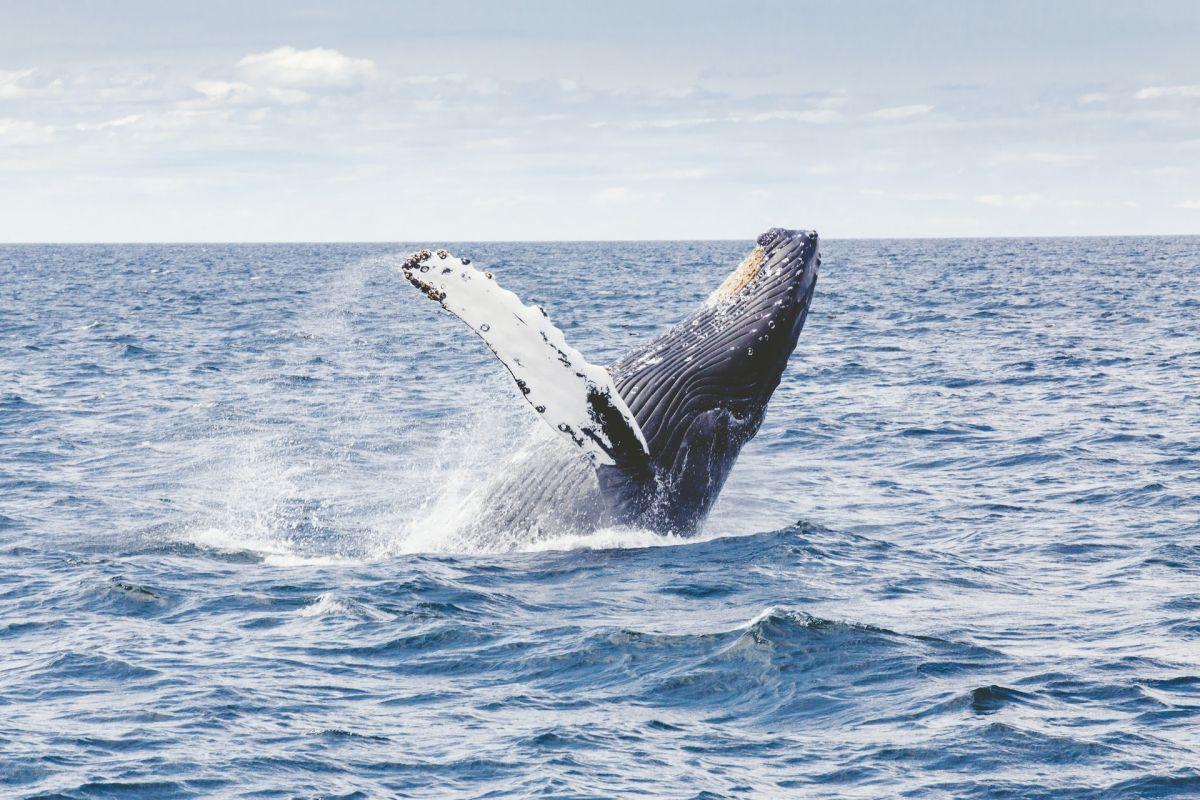
- Name: Blue whale
- Scientific name: Balaenoptera musculus
- Conservation status:
One of the smallest countries in the world such as Nauru is actually home to the largest animal to have ever existed, the blue whale!
With a global distribution, focused on temperate, subtropical, tropical, and sometimes polar waters, the blue whale is definitely an impressive animal. However, it is more and more threatened by the whaling industry, which killed about 350,000 to 360,000 individuals in the first half of the 20th century, as well as ship strikes.
9. Whale shark
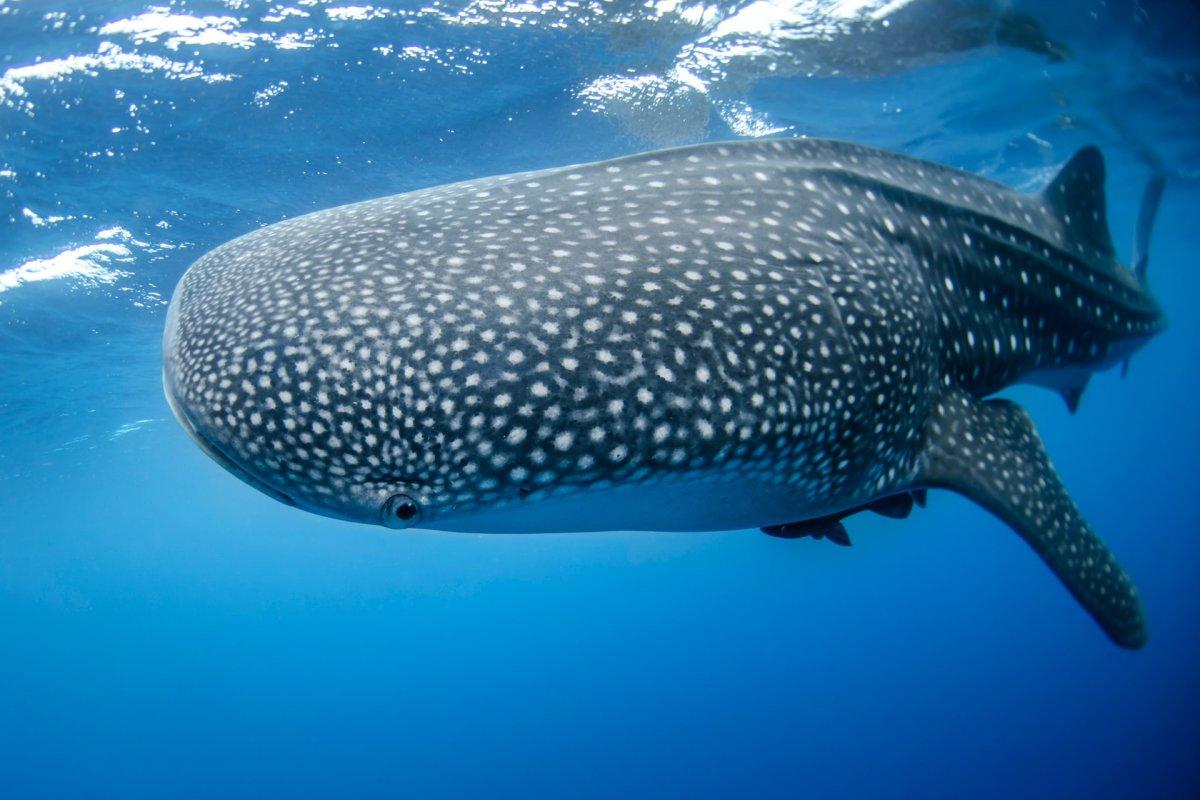
- Name: Whale shark
- Scientific name: Rhincodon typus
- Conservation status:
Although obviously not as large, and not a whale, the whale shark is still an incredibly impressive animal and a multi-record holder: it is by far the largest non-mammalian vertebrate in the world and the largest species of fish.
Despite its large length of up to 18.8 m / 61.7 ft, the whale shark is similar to whales in its behavior, being a filter-feeder, and posing no threats to humans.
10. Pacific reef heron
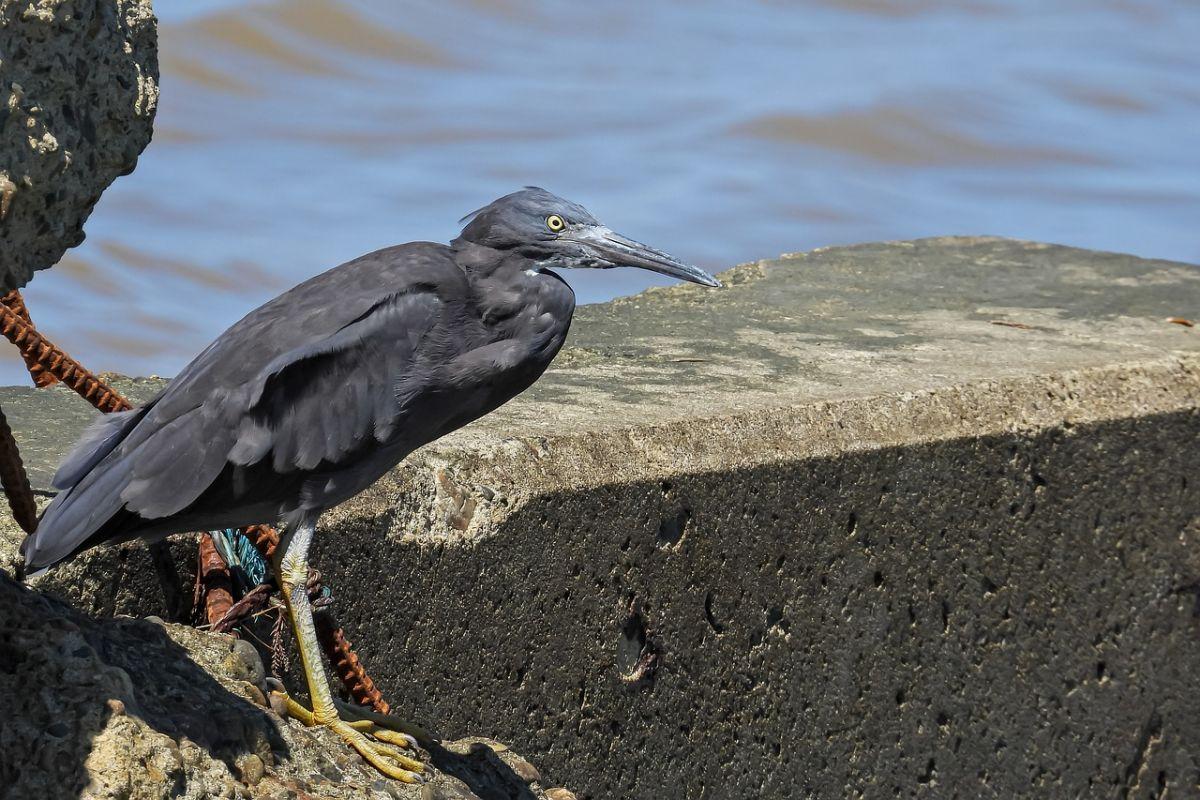
- Name: Pacific reef heron
- Scientific name: Egretta sacra
- Conservation status:
The Pacific reef heron, also known as the eastern reef egret or the eastern reef heron, is a medium-sized species of heron found throughout much of southern Asia and Oceania and its numerous islands.
This heron inhabits coastlines and offshore islands and gathers in large colonies. It breeds in mangroves, cavities, jungles, and palms all around the year. While overall considered of least concern, its local conservation status in the Wellington region of New Zealand, the southernmost part of its range, is regionally critical.
—
So there you have them, these were my 10 wild animals in Nauru. I hope you enjoyed this list and that you learned something new today.
In case you want to learn more about animals in the country, feel free to keep reading, as I still have lots of things to tell you about:
Endangered Animals of Nauru
This is definitely the saddest part of the list, but it is very important to raise awareness. Because of this, let’s go through the list of endangered animals in Nauru.
Here are the animals in danger of extinction in Nauru.
- None
- Oceanic whitetip shark
- Beck’s petrel
- Basking shark
- Spinetail devil ray
- Gray reef shark
- Whale shark
- Blue whale
- and 8 more…
To see the full list of endangered species in Nauru, head over to the International Union for Conservation of Nature’s Red List.
What is the National Animal of Nauru?
The national animal of Nauru is the great frigatebird.
The great frigatebird is a large species of seabird characterized by males’ red gular sac, inflated during the mating season and used to intimidate potential predators.
It is featured on Nauru’s stamps, as well as its coat of arms, and is a proud, free bird.
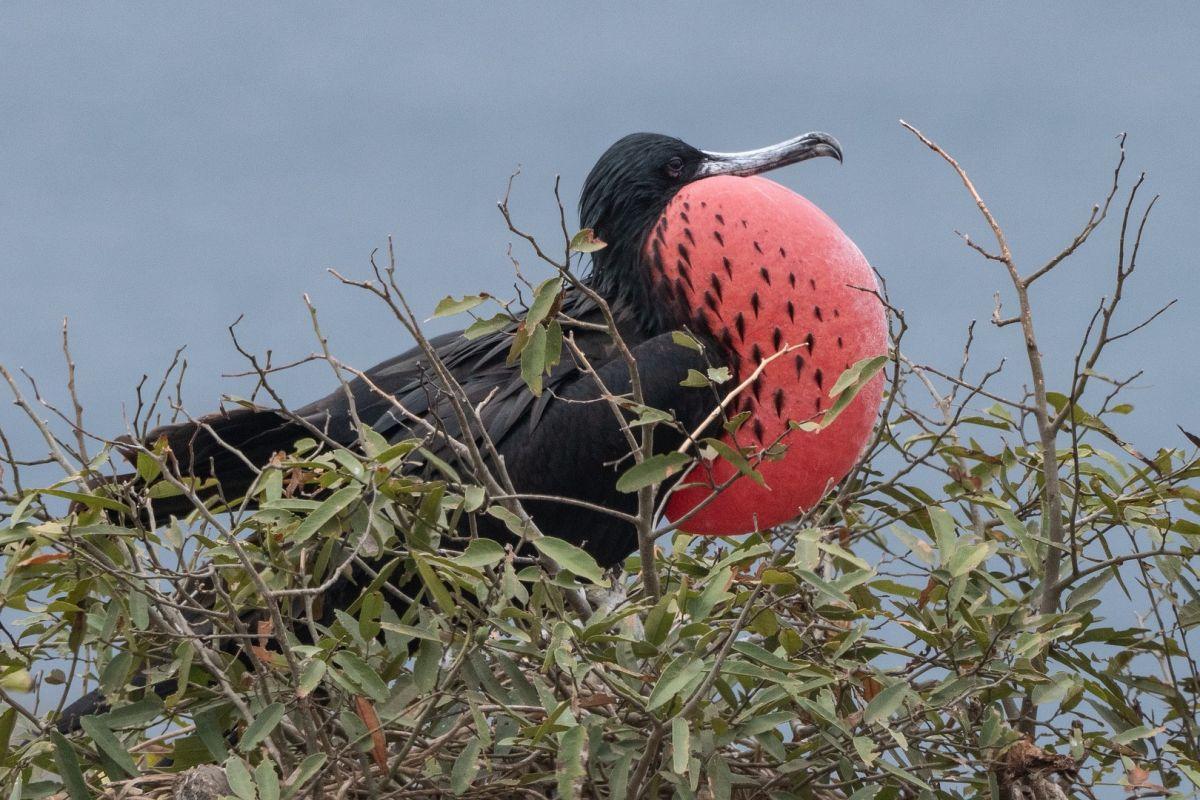
How Many Animals Native to Nauru?
What is the diversity of native animals in Nauru?
Let’s look at the total number of species of Chordata (mammals, birds, fishes, and reptiles).
Total number of animal species in Nauru: 904 (9,917 in total in Oceania)
More About Animals in the World!
Loved these Nauru animal facts? Want to see what animals live in other countries?
Then check out these posts:
Or click here to see ALL the facts up on the blog! Spoiler alert: there’s A LOT of them.
Share the knowledge! Click on the buttons below to share information about these famous animals in Nauru with your friends, and help them learn more about the world 🙂
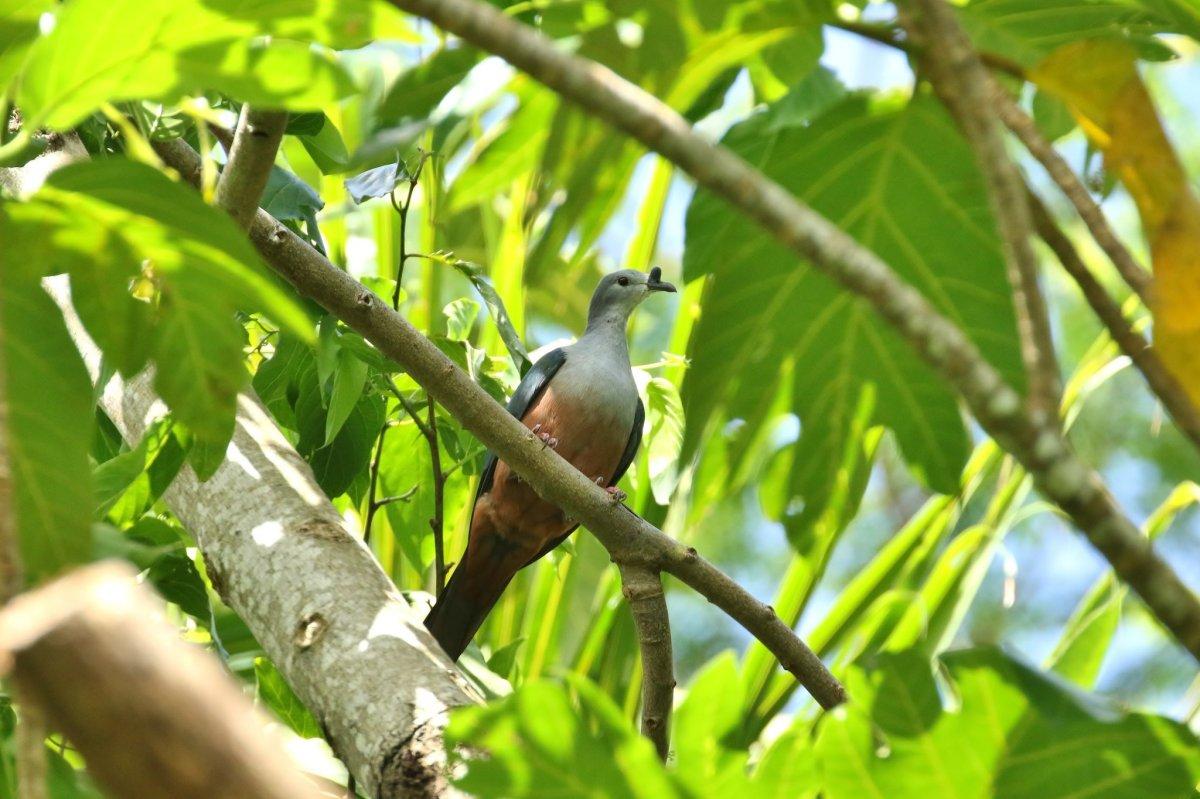
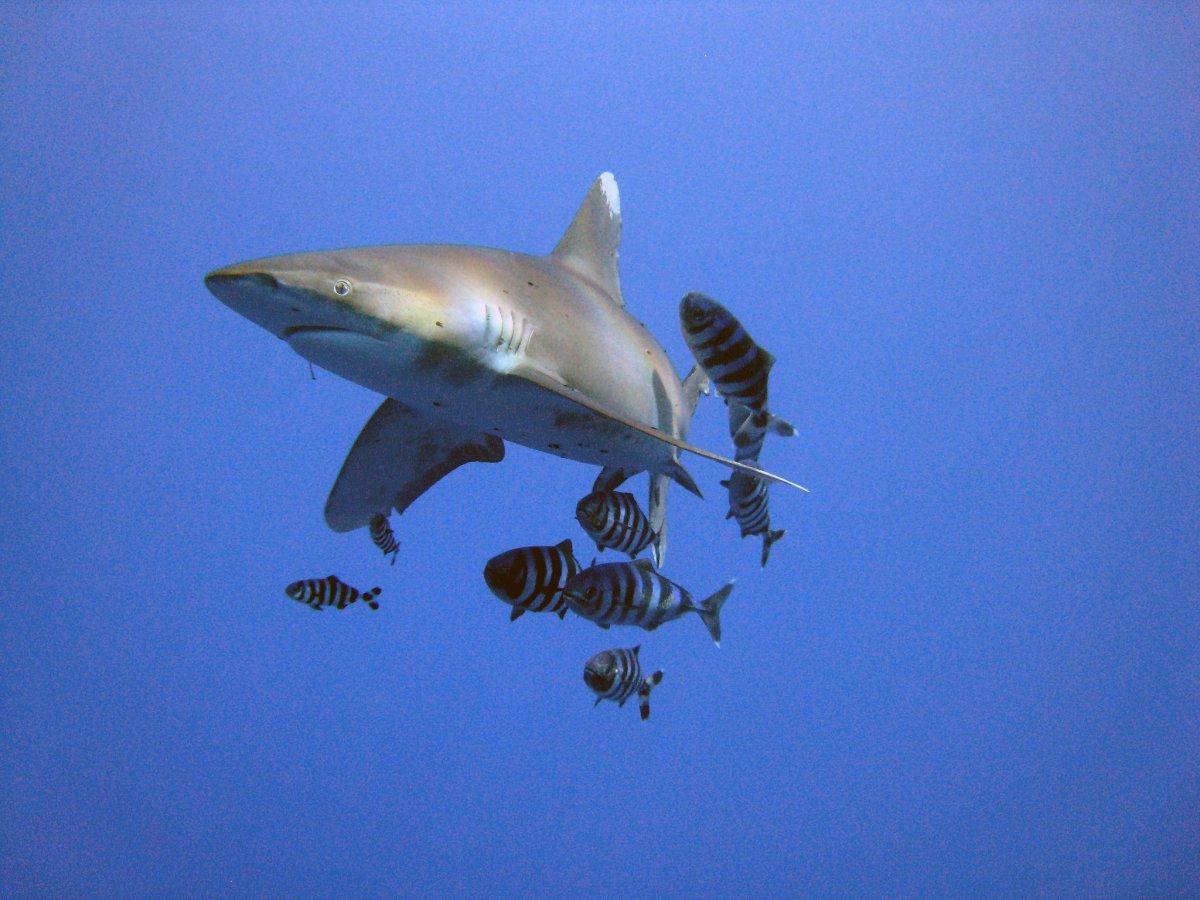

![13 Wild Animals in Tajikistan [Wildlife in Tajikistan]](https://www.kevmrc.com/wp-content/uploads/2022/12/13-wild-animals-in-tajikistan.jpg)
![77 Wild Animals in Kenya [Wildlife in Kenya]](https://www.kevmrc.com/wp-content/uploads/2022/12/77-wild-animals-in-kenya.jpg)
![24 Wild Animals in Zimbabwe [Wildlife in Zimbabwe]](https://www.kevmrc.com/wp-content/uploads/2022/11/24-wild-animals-in-zimbabwe.jpg)